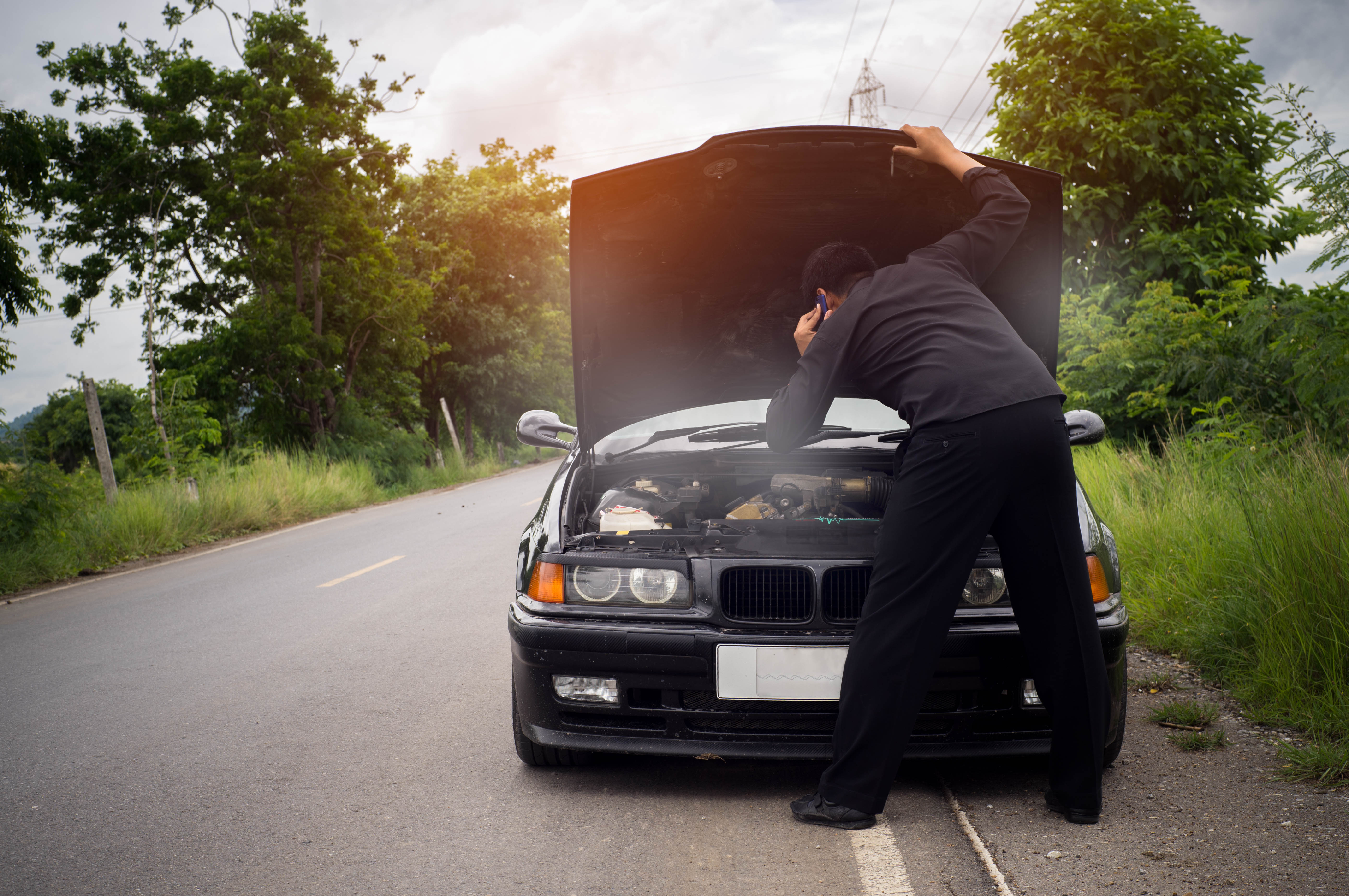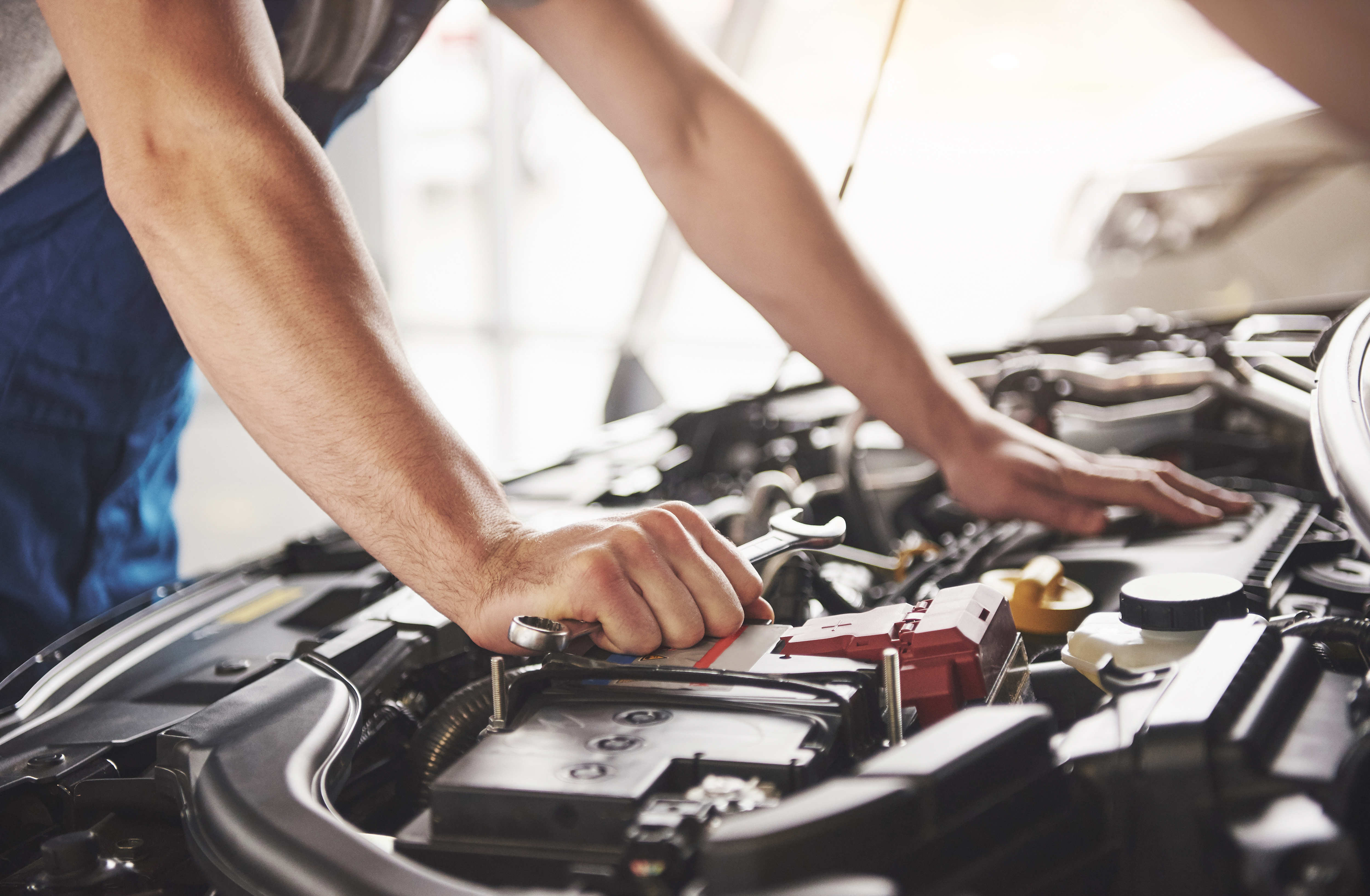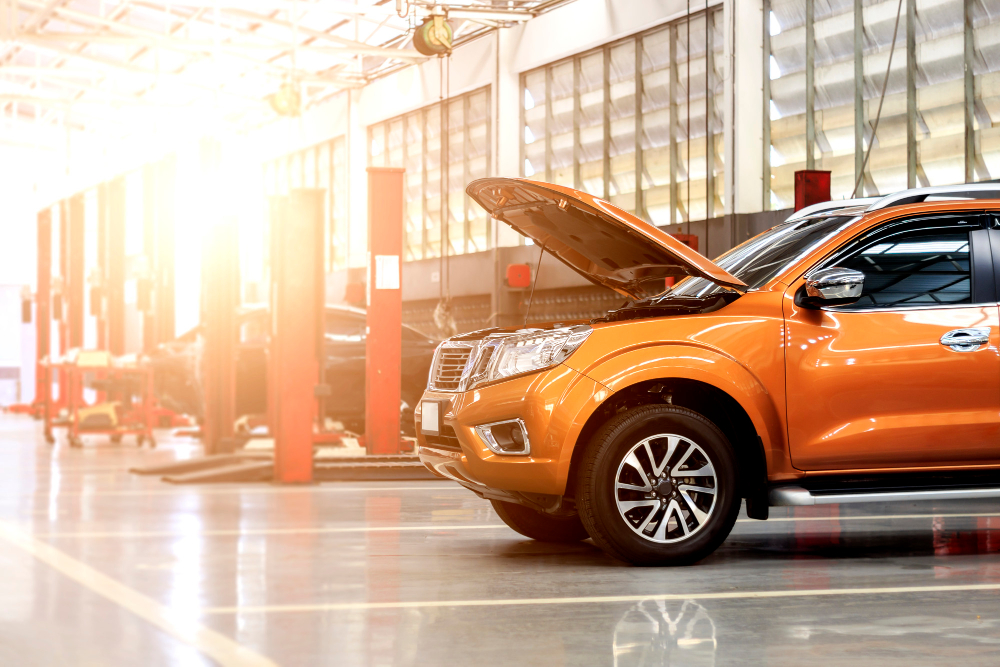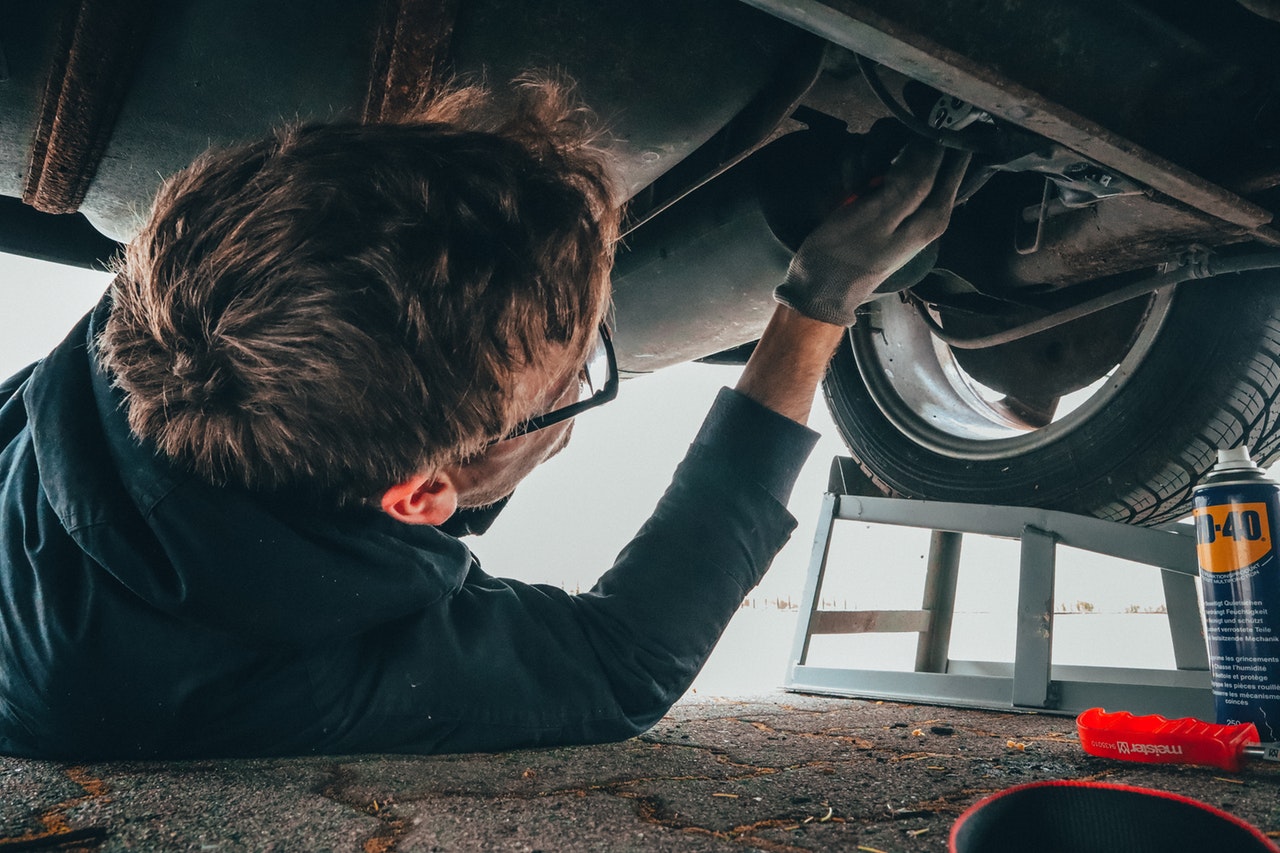What to Do When Your Car Overheats
The Philippines has a tropical climate making the temperature hot and humid year-round, and when people think it could not get any hotter, summer months are there to prove them wrong. From March to June, one can expect to be parched, cause heat exhaustion, and even heat stroke.
However, not only people suffer from too much heat. As outside temperature ascends during summer months, so is the temperature inside a vehicle’s engine bay. As such, it is essential to keep the car cool when under the glaring sun, and while the car’s cooling system can do this, overheating can still happen.
If the engine temperature in the dashboard spiked to “H” or moved to the gauge’s red area, steam came out from the vehicle under the hood, or a strange smell emanates from the front of the car, it is overheating.
Here are some steps to take if your car overheats.
Vehicles today are equipped with sophisticated cooling systems with warning lights or heat sensors and even computer-controlled electric fans designed to keep the engine running in any weather. If the engine starts to overheat, you can get a warning before further damaging the engine.
Of course, having a car insurance PH can help protect your ride. But if it comes to overheating, follow these tips.
1. Find a safe place to pull over.
When the car shows symptoms of overheating, cut the engine off. It is the safest way to cool the engine. The temperature gauge will tell the driver if it is a good idea to pull over immediately when the pointer is directed at “H,” which stands for Hot. When this happens, continuing to drive will only contribute to the engine’s temper and can cause severe – sometimes permanent damage.
2. Pop up the hood.
The driver should wait for at least 5-10 minutes before inspecting the engine compartment to let the current heat escape. When the unnecessary steam is out, and the engine cooled down, check the water tank by opening it slowly as it can spew high-pressure steam, and boiling coolant may shoot up.
Car owners should ensure that they know their vehicle well to prevent the risk of burns if they hold on to the wrong pieces. Never touch the hot engine with bare hands. There is no harm in calling for help if you are uncomfortable with opening the hood yourself.
3. Check the coolant.
Most vehicles have a coolant tank – a translucent plastic tank serving as a reservoir near the radiator, with lines indicating the maximum and minimum amount of coolant that cars can drive off with. It is essential to check whether the coolant is within the safety levels. Check whether if it is empty or low on fluid. If the coolant is below the indicator mark, it could be why the engine is overheating.
If overheating happened in the middle of empty roads, water should be acceptable as a temporary solution. However, you need to fill the coolant with specialized cooling water to prevent damaging the cooling system once at home.
4. Look for leaks.
Some cooling system issues are not hard to identify, especially if there are leaks either on the radiator or cylinder head. Chances are, if the coolant is low or empty, and there is a drip or puddle on the ground, your vehicle has a leaking coolant.
5. Know when to call a mechanic.
If you have a good amount of knowledge about cars, there would not be any need for a mechanic’s help. However, calling one is vital if that is not the case and you do not know what you are doing. If you found a coolant leak or the coolant is full, your vehicle might have more complex system issues, and it is time to call a professional.
Get back on the road and make your summer plans happen with the coverage of Comprehensive Car insurance PH. It is one of the higher levels of protection you can get for your vehicle. It offers coverage for unfortunate incidents and situations such as theft and vandalism, weather and natural calamities, animal damage, and a lower deductible.
More useful reads from iChoose.ph






